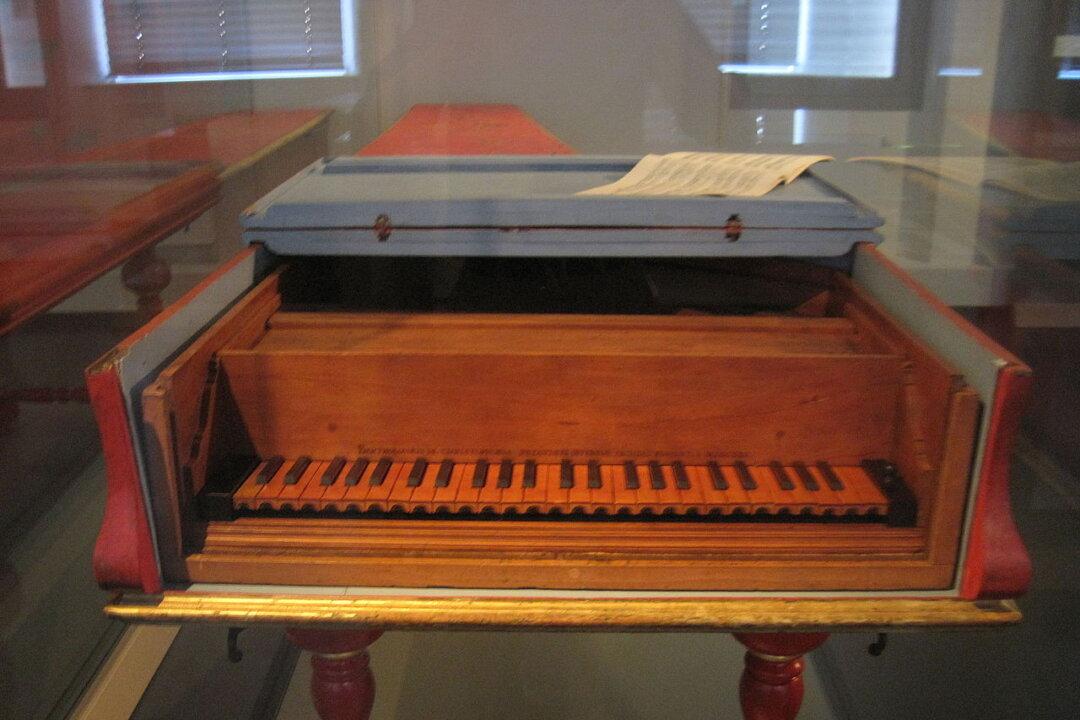Where there is a piano, there is hope.
There is hope because where there is a piano, someone nearby knows how to play it and is capable of teaching others to play.

Where there is a piano, there is hope.
There is hope because where there is a piano, someone nearby knows how to play it and is capable of teaching others to play.